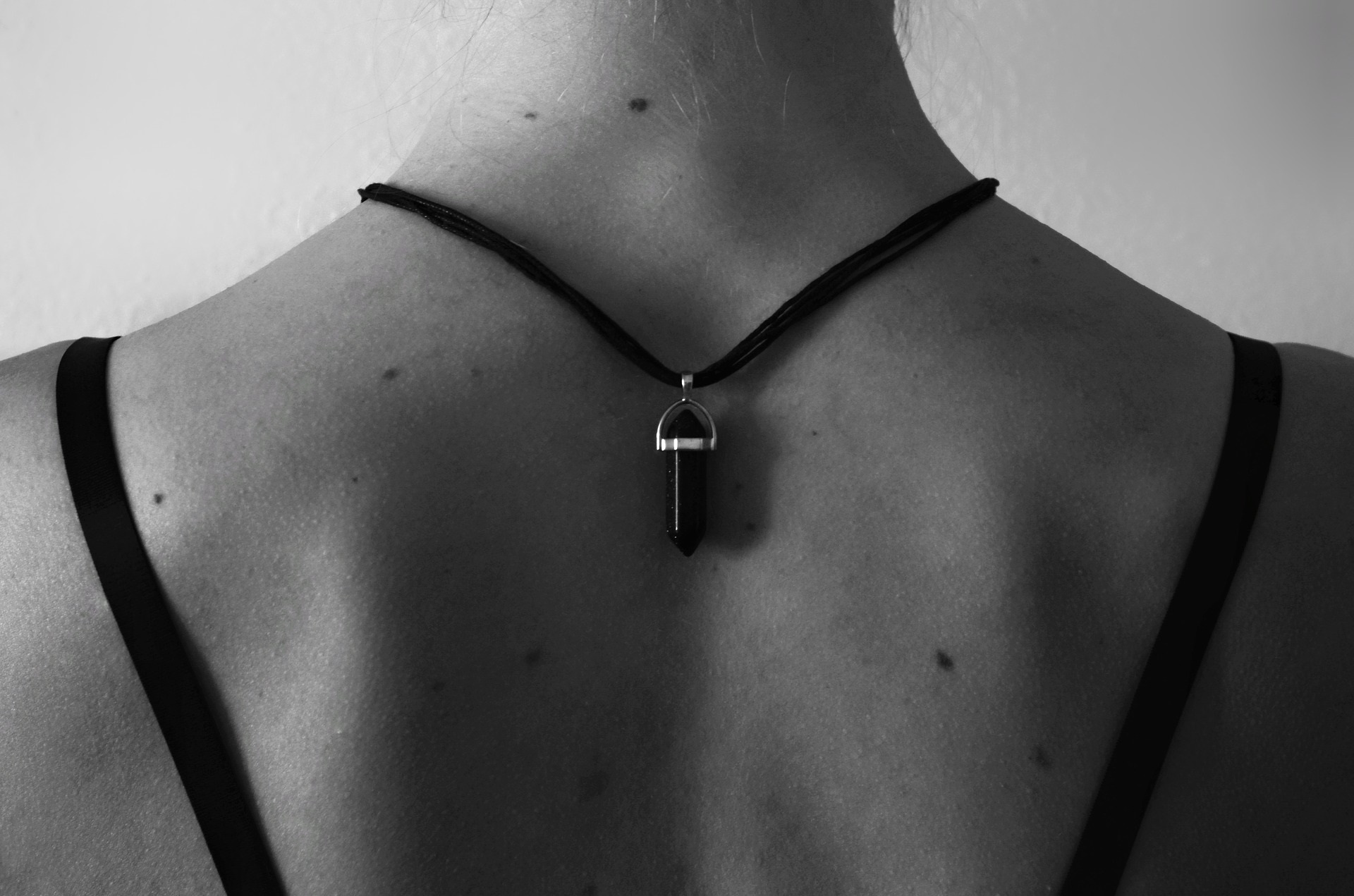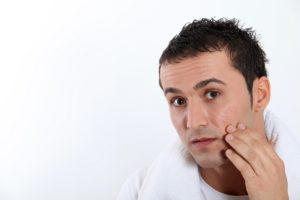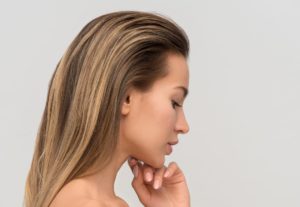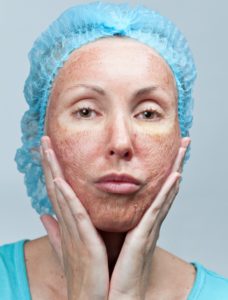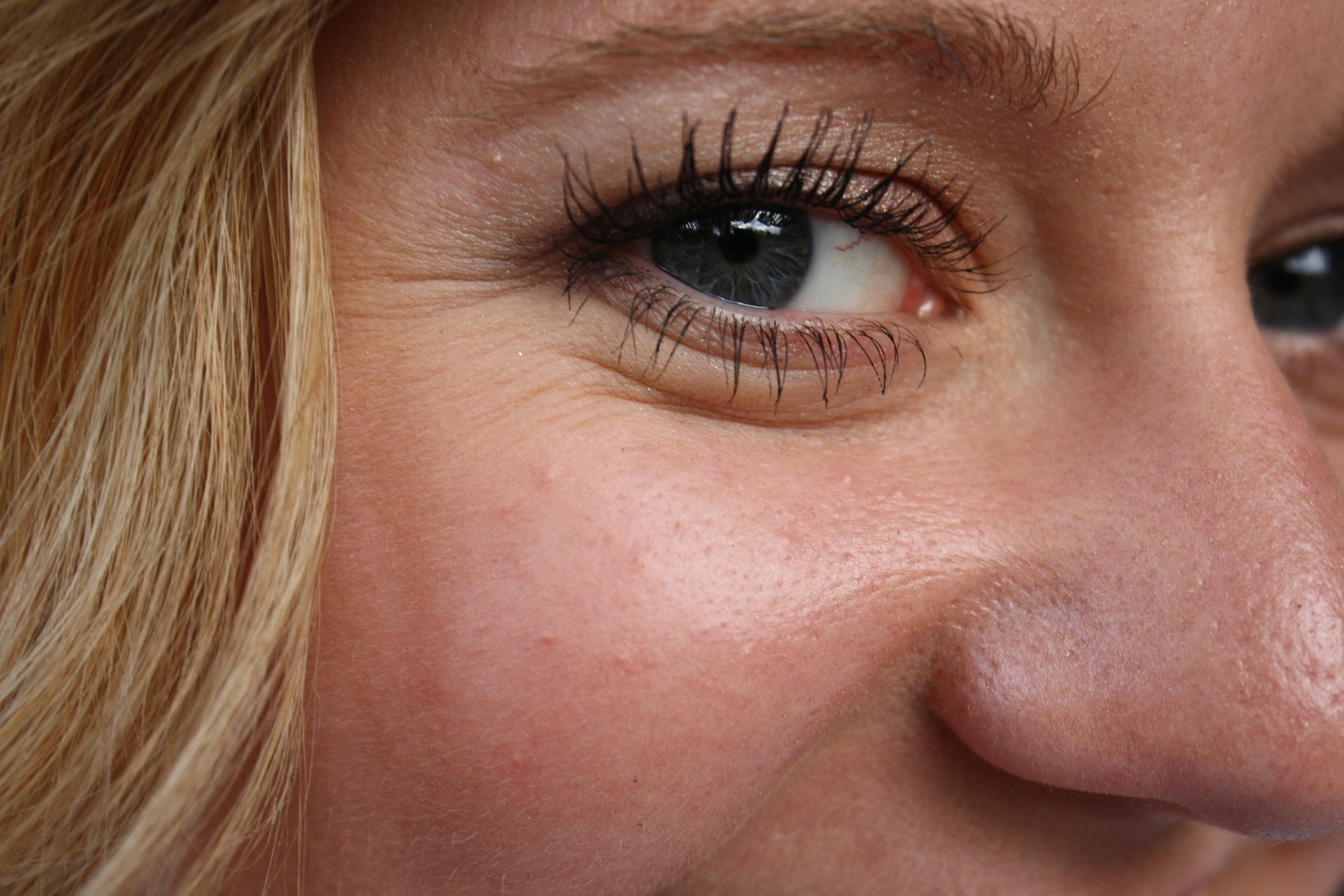
Does Laser Skin Resurfacing Help with Wrinkles?
Wrinkles are creases, folds or ridges that form on the surface of the skin, most commonly with age. As we get older, inevitable results of the natural aging process cause noticeable changes to our face and bodies. Skin gets thinner and drier and loses elasticity that was once beneficial for maintaining a youthful appearance.
While wrinkles are a common development from aging and the genetic makeup of your skin’s features and structure, they can affect younger people as well. Factors such as too much sun exposure and lifestyle habits, like smoking or not using protective sunscreen, increase the early development of wrinkles.
Fortunately, there are preventative skin routines that can decrease deeper wrinkle development and an array of treatments for enhancing a wrinkle-free appearance.
Laser skin resurfacing is one of the most advanced skin rejuvenation treatments available and is known to be an effective treatment for stubborn conditions such as acne scarring and deep lines and wrinkles.
Laser skin resurfacing for wrinkles uses a specially crafted beam of thermal energy that works deep into the layers of your skin. Unlike peels or abrasive skin exfoliation, these laser beams of heat precisely target and vaporize damaged skin. By creating injury to the old skin, the body works to create new, tighter skin that has smaller pores and fewer wrinkles and blemishes. Laser wrinkle treatment time depends on the extent of the wrinkles and the size of the area being treated.
At The Center for Advanced Dermatology, we offer laser skin resurfacing treatment and other skin care remedies for specific skin tones and needs. Because everyone’s skin is different, treatment is tailored to each patient’s individual goals and needs.
Contact The Center for Advanced Dermatology at 602-867-7546 or mddermsolutions.com to schedule a consultation with Dr. Holy in Phoenx. During this visit, you and Dr. Holy can discuss a laser wrinkle treatment plan just for you.



